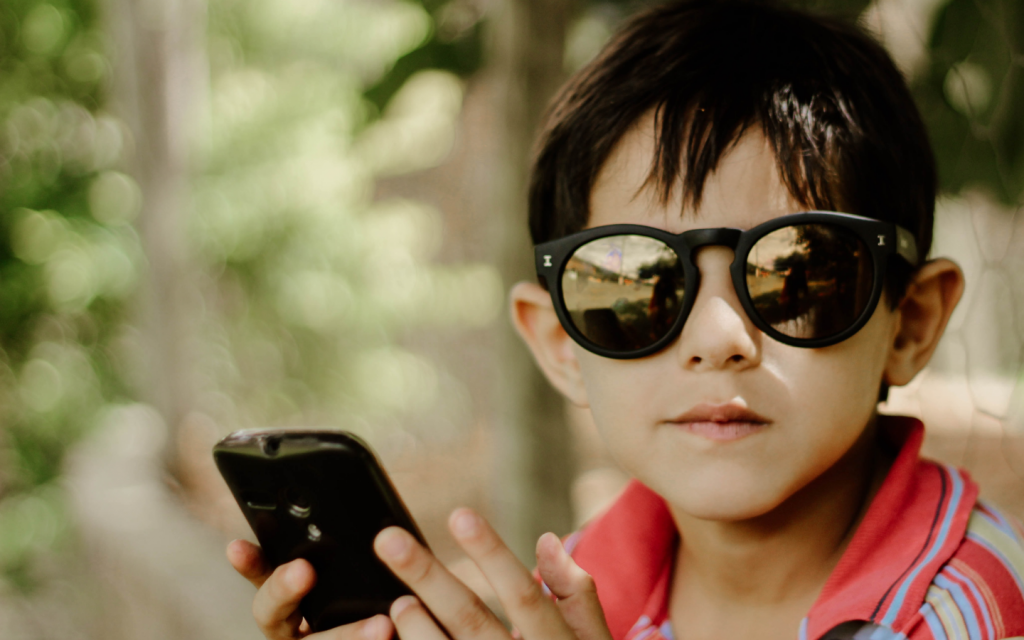The Coolness Factor
TA Psychology Department
Amanda Abel – Paediatric Psychologist
Gemma Muscella – Psychology Research & Planning Insights Assistant

As the world slowly emerges into a post-Covid era, the effects of the pandemic remain among us – and in particular, our children. With reduced ability to interact socially with peers, children transgressed to digital play, and were exposed to new interests online. Through this shift towards the digital world, kids maintained their developmental need for belonging and acceptance amongst their peers within the sphere of digital play. This exposed the need for brands to communicate with kids digitally, and to keep communication on-point. Enter – the Coolness Factor. The 2021 TotallyAwesome Zoomers Digital Insights found that 68% of girls and 66% of boys want a toy because it looks ‘cool’1. So, it’s important for brands to appeal to kids by being ‘cool’…
But what makes something cool? With 54% of boys and 51% of girls wanting a toy because it’s from their favourite animation character, and 49% and 43% of girls wanting a toy because their friends have it, kids want a toy that has the ‘IT’ factor. So, coolness is something that has personal meaning, and helps them connect socially. The Dual-component model of social competence2 tells us that kids want to fit in with their peers and participate in activities and interactions that allow them to be perceived as ‘cool’. They also view prosocial behaviours such as kindness and trustworthiness as ‘cool’.
Naturally, what is deemed ‘cool’ changes as children and teens develop, so brands should ultimately be well versed in the developmental trajectory. This allows an insight into the intersection of a child’s developmental needs, their interests and how these interplay with their perception of ‘cool’. While brands likely consider the Coolness Factor in product development; communication strategies and the expression of prosocial behaviours should not be overlooked when seeking to appeal to children.
References:
TotallyAwesome Digital Insights 2021: Internet users aged 4-18 with parents; Australia & New Zealand, Sample Size: 700.
Rodkin, P. C., Ryan, A. M., Jamison, R., & Wilson, T. (2013). Social goals, social behavior, and social status in middle childhood. Developmental Psychology, 49(6), 1139–1150. https://doi.org/10.1037/a0029389
